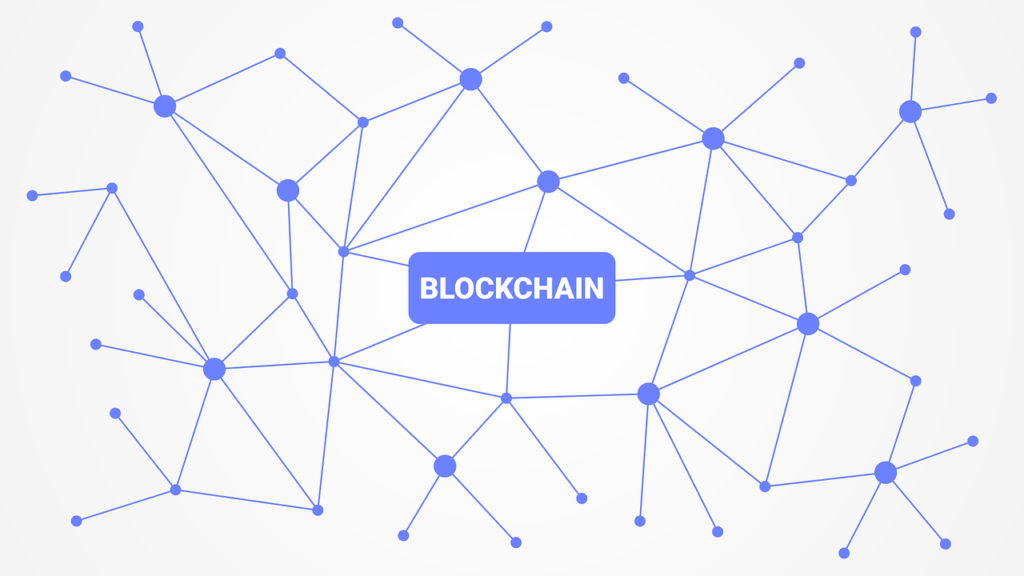Exclusively by Chris Georgen co-founder and Chief Architect at Topl.
Bitcoin and NFTs are terrible for the environment. The sale of a single NFT can consume as much electricity as the average household uses in two months. Over one year, the Bitcoin blockchain uses more electricity than the Philippines. These are ideas that a reader might take away from recent news, which has felt inescapable due to provocative headlines from both mainstream and tech media, not to mention Elon Musk’s tweets. There has been a growing widespread concern that blockchain was promised to be the future, but that, based on its carbon footprint, blockchain looks more like the past.
Thankfully, this notion of blockchain is both an oversimplification and misinterpretation. To present a clearer understanding of the relationship between blockchain technology and carbon emissions, we must begin by dispelling two key misconceptions.
Once we do, it becomes clear that blockchain remains the future. In fact, many of the best capitalized and most promising emerging blockchains have already looked beyond energy-intensive consensus mechanisms and to newer, more sustainable protocols.
The reality is that a blockchain’s carbon footprint can be impressively small.
Misconception 1: Verifying blockchain transactions consumes a lot of energy.

Working in a hotly discussed field of emerging technology means I spend a lot of my personal time having conversations about what I do at work. One of the first things people ask me about is the energy usage of Bitcoin and other blockchains. Embedded in these questions is the common misconception that blockchain technology’s energy consumption is somehow deeply intrinsic. Because of the way blockchain technology tends to be discussed, we’re led to believe that a blockchain’s energy consumption stems from verifying that transactions are correct, that burning huge amounts of energy is ultimately fundamental to blockchain’s design.
This isn’t true. In fact, the energy required to confirm or verify transactions consumes fewer resources on my laptop right now than many of the other programs I run daily. The truth is that the prodigious energy consumed by some blockchains allows these networks to reliably add new transactions without fear of any party attempting to double spend.
Double spending is a potential problem for any digital value network. A double spend occurs when a malicious party spends the same funds twice. Let’s imagine Bob has $10 in his account, and he attempts to send this same $10 to both Alice and Charlie hoping they will both send him goods in return before either realizes what has happened.
Blockchains look to prevent Bob’s double spending. They do this by ensuring that the party who selects the next block of transactions is randomly chosen. With random selection, even if Bob were to try to commit a double spend, he would have no reliable way of expecting he would be chosen to add his preferred transactions to the blockchain. Further, even if he were able to add his transactions in such a way to execute his attack, the next person chosen to make a new block would flag Bob’s bad behavior and suggest to the network that Bob’s block be discarded.
Unfortunately, with this fix we’re only halfway to a solution. There is also the problem of a Sybil attack. Since blockchains allow people to join and participate pseudonymously, there’s nothing stopping Bob from creating a myriad of identities on the blockchain to increase his chances of being successively chosen to make new blocks, and thus allowing his double spend to go unseen. This cheap or costless creation of multiple identities to bias or overrun a system is known as a Sybil attack.
In order to prevent Sybil attacks (and thus prevent double spending), Bitcoin introduced the idea of proof of work, whereby those parties creating blocks have to perform computational work in order to add a new block of transactions to the ledger. By forcing participants to perform this work, also called mining, Bitcoin’s designer(s) ensured that it would be infeasibly expensive for someone to carry out a Sybil attack and double spend funds.
Mining works by having participants compete to find a random number, called a nonce. When appended to the next set of transactions and collectively passed through a mathematical operation called a hash function, a nonce produces a result below a defined threshold.
Threshold > Hash (nonce + new transactions )
The only way to find such a nonce is trial and error. For this reason, it takes proof-of-work blockchains a great deal of computing power to find a nonce, and thus they consume a great deal of energy.
Misconception 2: All blockchains have comparable carbon footprints.

Given that many articles lamenting the energy consumption of Bitcoin and Ethereum apply their arguments to blockchain technology writ large, it is no surprise that people believe all blockchains use immense amounts of electricity. This simply isn’t true. Instead, substantial energy consumption is only a property of proof-of-work blockchains.
While it is true that all public blockchains must impose some sort of cost for users to participate in block production in order to prevent Sybil attacks and double spending, energy-intensive proof of work is just one solution. The only necessary key to other solutions is that some cost is imposed. In all cases, users must prove that they either own or are consuming some finite resource.
There are several ways this requirement can be imposed without the energy of proof of work. Intel has developed a method called proof of elapsed time. The newly announced Chia Network, founded by the inventor of BitTorrent, introduces proof of space and time. These and others like them are all interesting developments in the effort to move beyond proof of work. However, none has been as widely researched, tested, or verified as the original proof-of-work alternative, proof of stake.
First introduced in 2012 by Peercoin, proof of stake sets ownership of a limited number of blockchain tokens. These tokens represent ownership stake in the underlying blockchain. They are the finite resource that must be owned in order to participate in block production.
Instead of proving that you have expended electricity to solve a math problem, the cryptography used by proof-of-stake blockchains allows you to simply prove your ownership of blockchain tokens as a means of preventing Sybil attacks and thus double spending.
What’s next and where do we go from here?
Since it was first introduced in 2012, proof of stake has grown in sophistication and increasingly proven itself as more than a match for Bitcoin’s original proof-of-work model. In 2017, the team at IOHK introduced the first version of the Ouroboros protocol, the first proof-of-stake protocol to be verifiably secure. More recently, our team at Topl has developed an extension to this family of proof of stake, Taktikos, that early modelling shows may offer security and decentralization guarantees that exceed even those of proof of work.
These improvements to proof of stake and other alternatives to energy-intensive proof of work are not merely theoretical. As of June 2021, only six of the top 20 blockchains by market capitalization are still using proof of work. In reality, the tide has already turned.
At the same time, even Bitcoin is showing early signs of breaking its dependence on electricity consumption. Through a process known as wrapping, Bitcoin can be exported from its own blockchain and converted into an ERC20 token on the Ethereum blockchain. In the past year alone, more than 180,000 Bitcoin, representing over $7 billion in value, have been moved onto the Ethereum blockchain. Moreover, Ethereum itself is in the process of transitioning to its own version of proof of stake.
In the end, my own view on claims that blockchain technology isn’t viable due to its energy consumption is somewhat mixed.
On the one hand, these claims are often reductive and incorrectly attack versions of the technology that have no larger carbon footprint than a website. But on the other hand, those of us working to introduce more secure and performant alternatives to proof of work can benefit from the added attention brought to this issue as we move the technology forward. And ultimately, we as technologists should view any well-intentioned criticism as an open invitation to continue researching, iterating, and improving.
Disclaimer: The views expressed by him are his own and personal
For publishing articles on our website get in touch with us over email or one of the accounts mentioned below.


 Home
Home News
News










